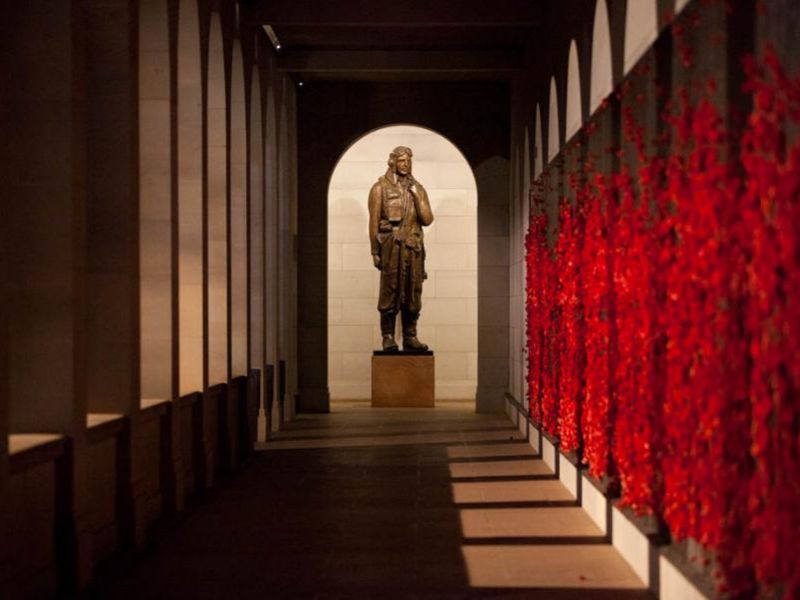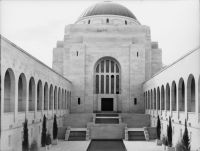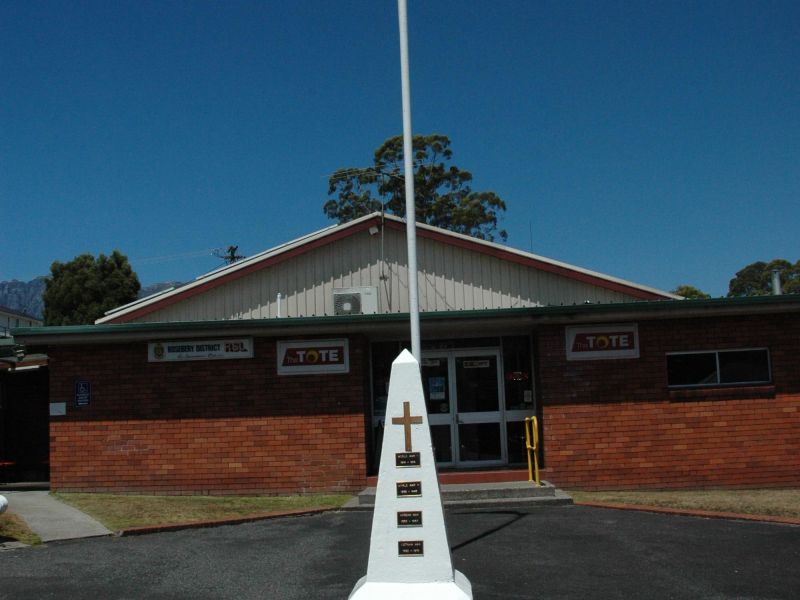Sergeant Bruce Gustave Kay, 2/21st Australian Infantry Battalion
Bruce Kay was born on 25 October 1913 in Roseberry, a mining town on the west coast of Tasmania.
His father was London-born Frederick Kricheldorff, who had served as a captain with the 6th Battalion during the First World War, seeing action on Gallipoli and the Western Front.
Bruce’s mother, Phoebe, died in August 1919, when Bruce was just five years old. His father changed his last name to Kay, and later remarried and had more children.
Bruce Kay enlisted in the Second Australian Imperial Force on 10 June 1940. By then he had been in the cadets for a year and a half, and was working as a concrete hand.
After a period of training, on 15 July 1940 Kay was posted to the newly established 2/21st Battalion, which had formed in central Victoria as part of the 23rd Brigade of the 8th Division.
Kay showed leadership abilities at an early stage, and by mid-August had been promoted to lance corporal.
The 2/21st Battalion began arriving in Darwin in April 1941 and spent the next nine months training and on garrison duties. Amenities were isolated and uncomfortable, and preparations were hampered through a lack of equipment.
With his experience in concreting, Kay worked on various facilities at the camp, including ablutions blocks.
He continued to rise through the ranks, being promoted to acting corporal in January 1941, acting lance sergeant in November 1941, and acting sergeant in January 1942.
Following the Japanese invasion of Malaya in early December 1941, the battalion prepared to move, arriving on Ambon in mid-December as part of Gull Force.
Gull Force consisted of the 2/21st Battalion supported by anti-tank artillery, engineers and other supporting arms with a combined strength of 1,100 men. Netherlands East Indies forces on the island numbered some 2,600 men, including several companies of Indonesian troops and Dutch coastal artillery.
These troops were tasked with defending the Bay of Ambon and the airfields at Laha and Liang. With such a small force, Gull Force’s commanding officer believed that Ambon could not be defended, and he urgently requested reinforcement. He was relieved of his command, and replaced by Lieutenant Colonel John Scott in mid-January 1942.
Just prior to the Japanese landings Scott altered the location of many of his defensive positions, which resulted in the battalion being even less prepared to repel the invasion.
Japanese landing forces began arriving at Ambon on 30 January. By the following afternoon Dutch forces had surrendered. Outnumbered and lacking air or naval support, the 2/21st Battalion was unable to prevent the advance, and was pushed to the far west of the peninsula.
Around 150 Australian soldiers and some Indonesians and Dutch were captured, and many were later massacred following a major Japanese offensive in early February. The remainder of the battalion surrendered the following day and was interned in their former barracks.
The survivors went into captivity as prisoners of war for the remainder of the conflict. Their conditions were poor, and they suffered the highest death rate of any group of Australian prisoners of war during the Second World War.
Bruce Kay, however, would be spared the suffering of the prisoners of war. He was killed in action at a lookout post on Mount Nona on Ambon on the 2nd of February 1942.
Today he is commemorated at Ambon Memorial, along with around 440 casualties from the Second World War.
- AWM Roll of Honour https://www.awm.gov.au/collection/R1691292

 Australian War Memorial
Australian War Memorial